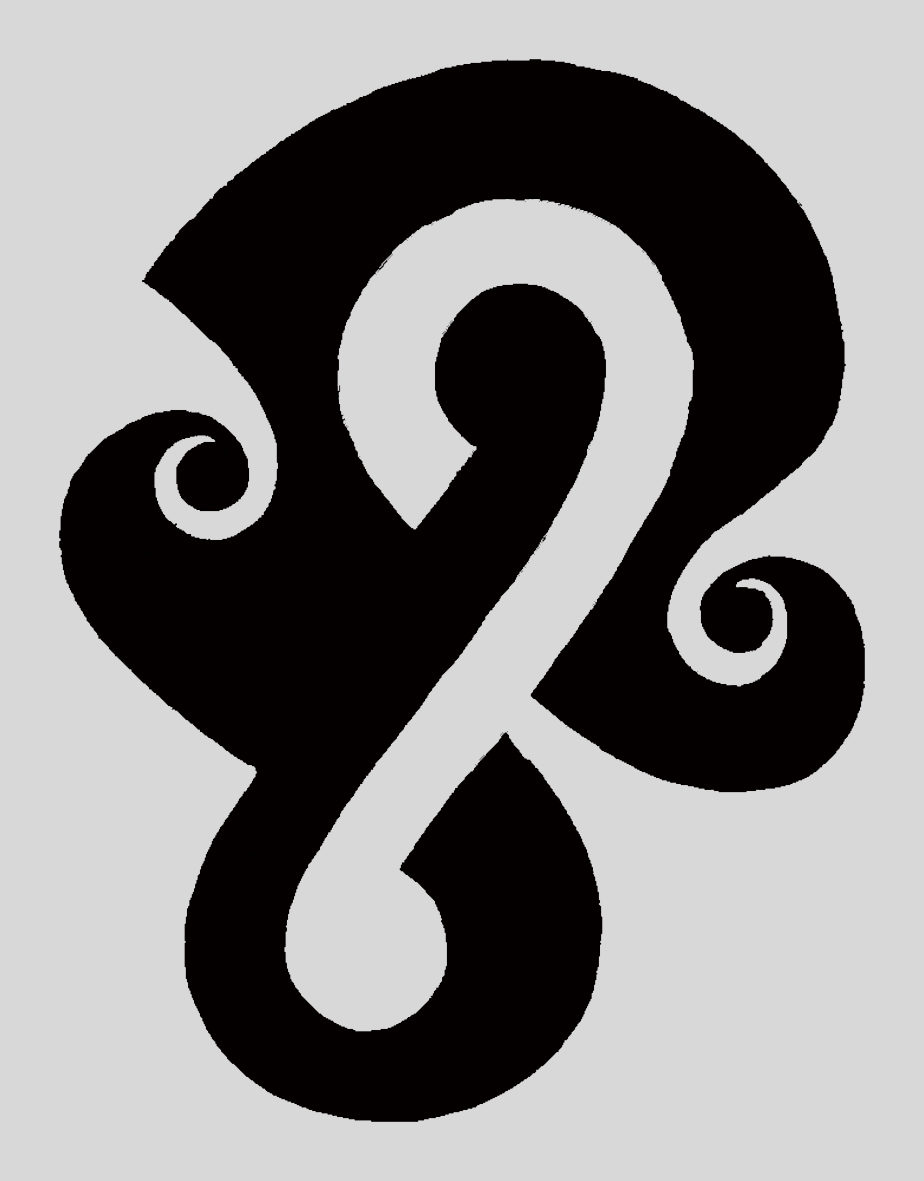The question of how human beings relate to themselves and their environment , and of what determines their development, is a recurring theme in the work of Anya Janssen.
In particular, she has explored the border zone between cultivated behaviour and instinct – the so-called ’nature-nurture controversy‘ – from different perspectives. Her work can be called a mirror of reality, a mirror which sometimes literally contains a duplication. Put another way: she allows spectators both psychologically and physically to lose their focus and to ’see double‘.
With her fascination for reflections, duplication and doubles, Janssen recently stumbled on something remarkable, which began with a meeting and sparked a new and striking development in her work.
Anya Janssen had been fascinated for some time by the fact that two virtually identical beings can distinguish themselves as individuals.
For example, can Siamese twins develop into two independent persons, if they share a heart and yet each have a brain of their own? The same question can be posed in the opposite case of identical twins, who have the exact same appearance, but two separate brains. What determines the phenotype of identical twins? the DNA is exactly the same. to what extent are personality characteristics, appearance, language development and certain illnesses determined genetically? Or by environmental factors? How independent are identical twins, really?
It was these questions that formed the basis for the project ‚Double-Edged‘.
During her researches, it was by coincidence that Janssen stumbled on female identical twins who she considered suitable to play a role in her work. She suddenly saw the living embodiment of het fascination with twins. Moreover, the twins are ‚mirror image twins‘ – their appearances mirror each other symmetrically. The birthmark on one twin’s left cheek can be found on the right cheek of the other in the exact same place; their hair spirals at the root in opposite directions on the crowns of their heads. Janssen’s first impression of her subject was of a kind of game, she often found herself thinking: ‚Find the ten differences.‘ Gradually, she became aware that the twins, consiously or not, were playing a game with each other and the outside world.
After a time, it became clear that the central thing is not what you see – a stereoscopic film with images that are sometimes almost perfectly in sync – but the ‚why‘ questions that these images evoke. The torch is passed from one to the other, and the question imposes itself: ‚Who is who? At which moment?‘ Are identical twins human beings who each have an identity of their own, or are we dealing with an ‚identite a deux‘, the phenomenon of the twins developing one identity together?
The personality of the twins in ‚Double-Edged‘ is determined by a life in which religion and tradition play an important role. The complex situation in which the girls live – caught between the rules and values of a religious life on the one hand and the modern, dynamic world of friends, school and media on the other – causes the two to form a bond, an alliance which is tightly closed to all outsiders. This alliance expresses itself not only in a symbiotic, tranquil togetherness, but also in intense confrontations. As adolescents the duo forms a common front when rebelling against their environment, in spite of the fact that they also cherish it.
‚Double-Edged‘ is a many-layered project expressing the relationship between the twins, their relationship with their environment, and the precarious position of the identical twins as an individual personality. Using interviews, photo sessions, but also the twins‘ own self-portraits, a ‚real-life‘ collection has been created. Previously, Anya Janssen used models who worked within a fixed scenario under her direction to create an image that was entirely her own. In the current work, she has let herself be guided to a greater extent by the reality in which the twins live. The identity and the caracter of the twins have a greater impact than that of het previous models. The fictional worlds which are so characteristic of her earlier work seem to have been replaced by one with a more documentary character. This has greatly influenced the form and theme of the work, which has been extended to treat not only on ‚a double human being‘ but on a double world.

